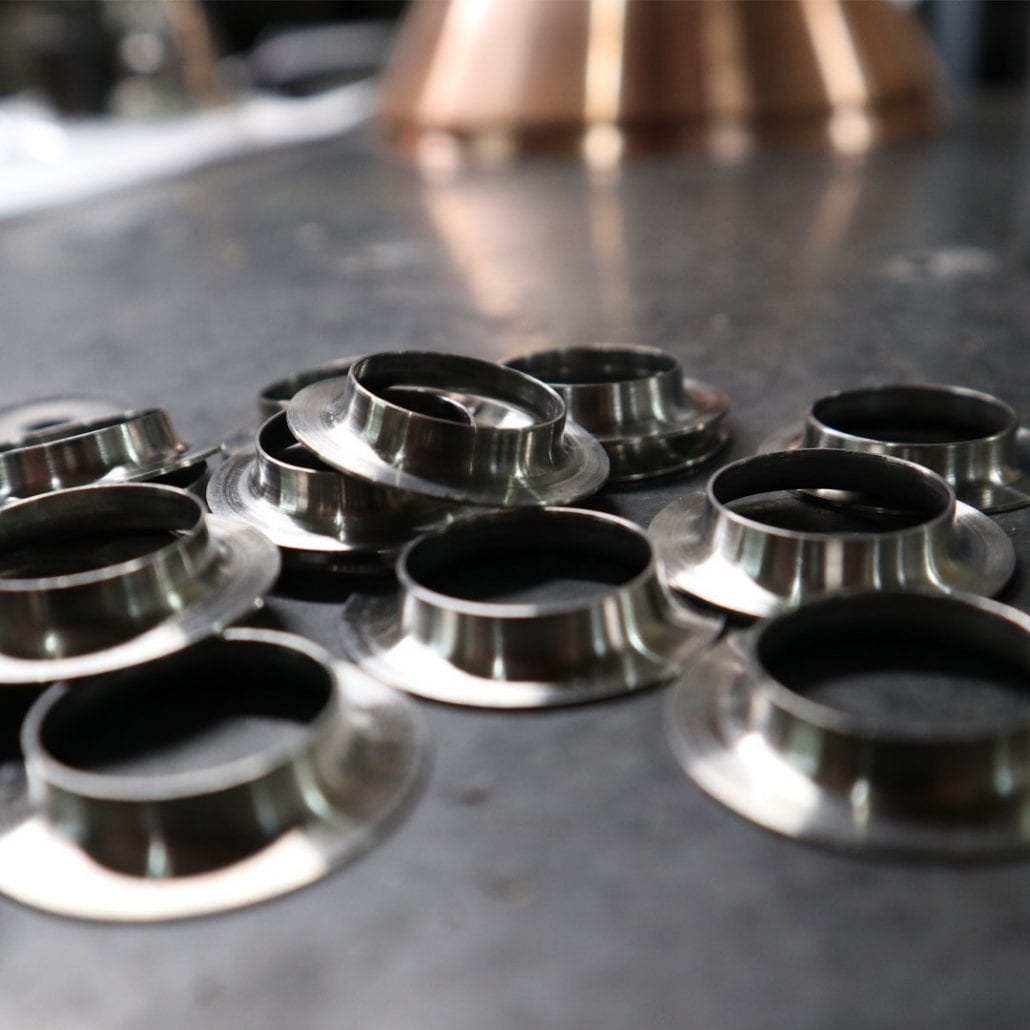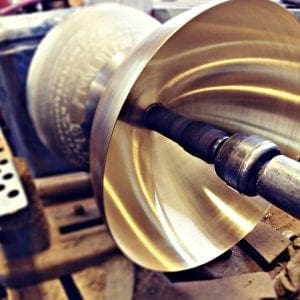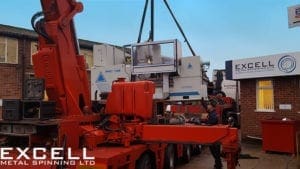How Product Design Can Impact Your Project Costs and Ultimately Your Profit Margin
Share this article:

Product design is a fundamental part of the product life cycle and can become a defining factor of the overall success of your product both short term and long term.
We all know or have had experience with below-average products and services; Samsung’s Galaxy Note 7 and its pyrotechnic tendencies made the news a few years ago for all the wrong reasons and faults in its battery design were the ultimate cause. On the other hand, there are countless iconic designs such as the Anglepoise Original 1227 desk lamp or Coco-Cola’s contoured glass bottle. Both of these products are instantly recognisable, while they serve a purpose, you could argue they invoke feelings that go beyond the design like your first sip of an ice-cold Coco-Cola.
Influence in Design
Influence when you look at the main four categories that make up a product, design encompasses all of them in an impactful way. Product design dictates the materials used, shows the manufacturing processes what they need to achieve and demonstrates how the product is perceived.
When designing a new product, it is vital to think about the end-user, but often thinking about the processes in manufacturing get overshadowed by the need to make the end-user the top priority. Sometimes even the smallest design features can have an impact on the manufacturing processes that ultimately could be the difference from being viable or not.

Design Processes
With metal spinning, like all manufacturing processes, there are strengths and weaknesses. Excell has worked with many companies, design engineers and designers from all different industries. There are times where the design is straightforward, which is the case the majority of the time. There are projects that, by nature, are not straightforward and require a different approach. These are the projects that are susceptible to pitfalls and can end up costing you your profit margin.
Avoiding Common Mistakes
To ensure your project and product does not become a money-draining entity of despair, think about the following questions. If you can not answer them, ask them to someone you know can:
- Who is going to use my product?
- Why will they use it over the competition?
- Can this product be manufactured and if so within budget for my current specifications?
- If manufacturing is too expensive, what should I do?
One of the most common pitfalls seen at Excell, and most likely other manufacturers, is not having a dialogue to understand the optimal design for the manufacturing process. By leaning on the experts and understanding what is feasible, you will be able to maximise your profit margin.
While compromising on the final design may not be your desired outcome. Working with a manufacturing partner that communicates why the changes are required will help in managing your expectations. In terms of measuring this, benchmarking against the competition is an advisable best practice strategy.
Achievability and Scale
Through communicating with your chosen manufacturing partner for your project, including them in the design stage, and understanding what cost-saving measures in terms of design, will help increase the achievability of your product.
Throughout this process, it should become clear that you are moving along the right path. In communication with your manufacturing partner, you can see how the product optimisation. The results of this will dramatically increase the scalability of the product and should provide further cost savings on high batch runs.
All in, this approach will ultimately aid your design process and will assist in ensuring that your product will be able to reach its potential. It can be a fine line between design compromises and the impact it will have on the end-user. The goal of this process is not to cheapen the experience they have with your product but to understand the processes involved to make your product a reality.
Max Underhay
Table of Contents
Related Articles

Metal Spinning Advantages and Disadvantages
This blog post aims to address these questions, the first in brief, the second in a little more detail by highlighting the advantages and then the disadvantages.

Excell Metal Spinning Invest in the Future
Share on facebook Share on twitter Share on linkedin Share on pinterest Machinery Expansion Excell Metal Spinning Ltd. expands with new Machinery upon investments worth

Excell’s Holiday Survival Guide 2019
Share on facebook Share on twitter Share on linkedin Share on pinterest Holiday Season Metal spinning tools will be downed, and turkey’s will be prepped.

